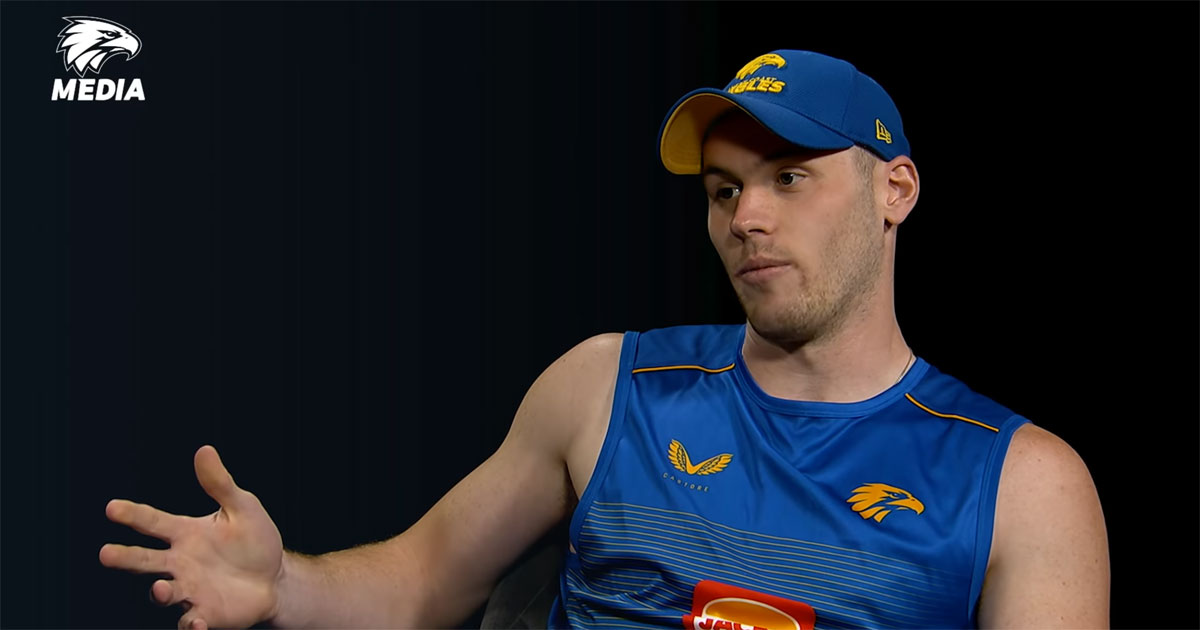
I have been writing about the AFL concussion policy for some time now, but recent revelations that the league’s key concussion adviser, Dr Paul McCrory, has allegedly committed scientific plagiarism, has prompted me to raise some fundamental issues again, for the sake of AFL players and their families, along with all players of contact sports that have high risk of head injury.
This development brings into question many of the policies relating to concussion and head injury that Dr McCrory was involved in forming, especially the 12-day concussion protocols.
Under these protocols, players who are concussed in a game or at training are now sidelined for a minimum 12 days.
However, as I’ve shared earlier, in the article, Sport concussion awareness is growing: We are making a difference, players need more than 12 days rest post-concussion and the league’s ability to have a player released from the 12-day stand down if a doctor says they weren’t concussed, leaves players and their families to deal with the repercussions of repeated head injury.
Of further concern, this new plagiarism claim sheds a new light on Dr McCrory’s skepticism about research that shows a link between concussion/head injury and the disease known as CTE, or chronic traumatic encephalopathy, which causes early onset dementia.
In an ABC Background Briefing entitled, Concussion Games, Dr McCrory was quoted as saying CTE is an almost non-existent media beat up:
It’s fair to say there is increasing scepticism around the world as to whether this condition actually exists or not, and that might seem very strange and provocative to say because if you listen to the media, you get a very different story.
It is my belief that while the AFL goes through and reviews the work of Dr McCory, it should take the opportunity to establish a new and independent committee to develop the protocols around head injury, concussion, and CTE.
A lesson from Danny Venables: Act before another life is ruined
It has been sickening to learn of the plight of another AFL player who had to end his career early due to head injury but who has not been properly compensated.
Back in 2019, at the age of 19, former West Coast Eagles player Daniel Venables was involved in what is best described as a sickening collision that led to seven brain bleeds.
When he was asked recently on Channel 9 whether the AFL has done enough to keep players safe, he was adamant the answer is no and much more needs to be done.
“I feel there’s a lot more work to do, to be honest. There’s so much research that’s coming out and so many new ways of approaching things. I think it’s more of a cultural change as well and knowing when you do get a little knock, it’s alright to stand up (for yourself), and I feel that in the past has been hard.”
Venables still battles with the long-term complications caused by the traumatic head injury while the league seems to respond with what concussion expert Alan Pearce calls “vanilla rhetoric”.
And it doesn’t get more vanilla than announcing a multi-million dollar research project with the world-renowned Florey Institute of Neuroscience and Mental Health and the AFL Players’ Association in 2014, having hundreds of players come forward to take part, only to learn, thanks to a Guardian Australia article, The AFL, the concussion doctor and the groundbreaking brain study that never appeared, that no report has ever been published and nobody at the AFL is able to answer any questions about it.
Who is going to call the AFL to account?
If there’s anybody in the organisation who can, this current vacuum in which its former concussion advisor is sidelined, might just be the perfect opportunity to get real traction.
AFL concussion policy needs to understand the brain is not a muscle
As a neuro-vestibular physiotherapist who has been treating people with the knock-on effects of mild traumatic brain injury for many decades, my view is that the AFL has not grasped the profound issues related to head injuries and the proper treatment routines needed, which are different from when a player scrapes a knee or pulls a hamstring.
It reminds me of the haunting words spoken by 15-year-old South Australian footballer, Bailey McInnes, who had to give up football after three concussions in five months, noting that, “people are happy to take four weeks off for a broken wrist, but only want to take one off for a concussion when your brain, in the long term, is a lot more important than the function of your wrist.”
It seems to me that the AFL and similar codes, appear to treat every part of a player’s body like muscle or bone, where a little rest makes them like new.
But the brain is not a muscle.
Once again, on behalf of those of us in the field of neurophysiotherapy, the AFL and Rugby League must address head injuries and concussion immediately, from the earliest grades to elite levels, before more lives, families, and communities are ruined.
As a parent I refused to let my son play Aussie Rules because of this lackadaisical approach to head injury prevention and treatment; so much so, I’d consider field hockey with sticks and a hard ball propelled at great speed as a much safer sport.
I believe that if the AFL does not clean up its act, then the sport must be boycotted.
Who wittingly wants a head injured child?
The public must be educated and not by the AFL because the league has shown it can no longer be trusted on this topic.
To offer Venables $500,000 compensation (he’s not accepting) speaks volumes!
For some background, the West Coast Eagles interviewed Daniel, two years after the incident, and the video is below.
